Across our planet, there are beaches where the water itself comes alive at night, creating ethereal blue light shows that seem to belong in a fantasy movie rather than our real world.
Let’s explore 20 remarkable beaches where microscopic organisms transform ordinary waves into rivers of starlight, proving that sometimes the most magical experiences don’t require special effects.
Mosquito Bay, Puerto Rico
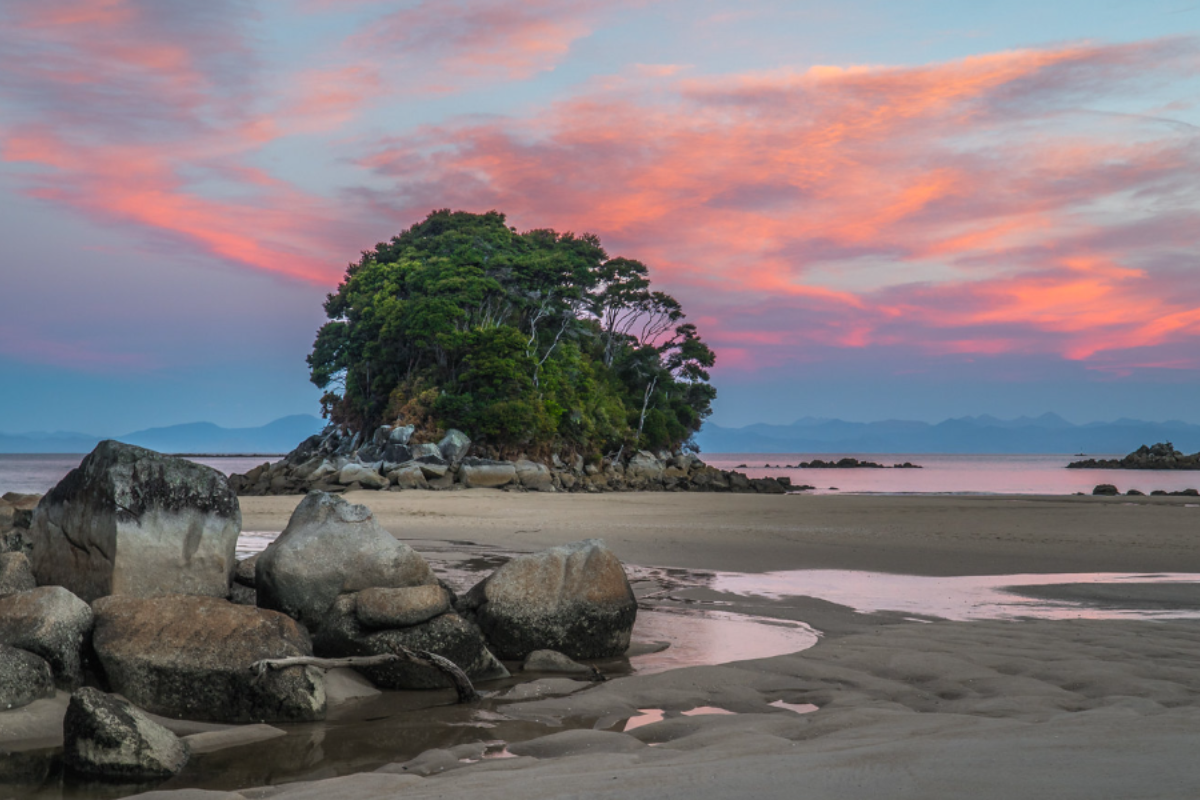
The brightest bioluminescent bay in the world sits quietly on the island of Vieques, waiting to dazzle visitors with its otherworldly blue glow. Local scientists have measured up to 700,000 dinoflagellates per gallon of water here, creating a light show so bright you can read a book by its glow on peak nights.
Every movement in the water creates trails of blue light as if someone scattered liquid stars across the dark surface. Traditional wooden kayaks remain the preferred way to experience this natural wonder, as their minimal impact helps preserve the delicate ecosystem.
The bay’s pristine condition is protected by strict environmental regulations that limit visitor numbers and ban swimming to maintain the perfect conditions these light-producing organisms need to thrive.
Jervis Bay, Australia
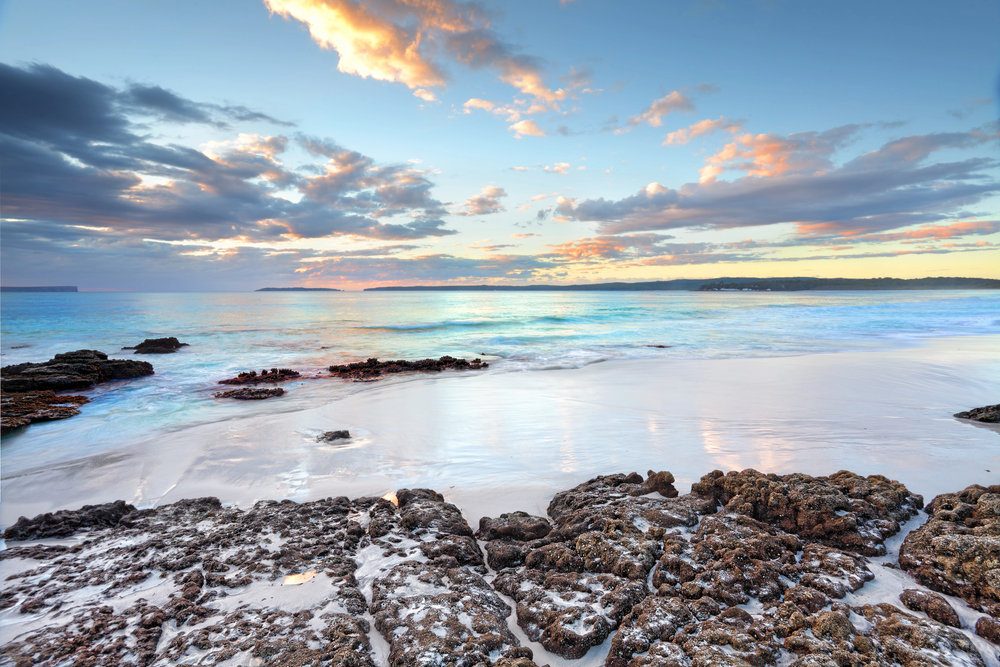
The sheltered waters of this South Coast paradise transform into a sea of stars during warm summer nights, particularly between November and March. Local marine biologists discovered that the bioluminescent display here is unique because it combines two different species of light-producing organisms, creating an especially bright and long-lasting show.
Photographers gather at Nelsons Beach during the new moon, when the darkness allows the natural light show to reach its full potential. The phosphorescent organisms here are so abundant that even footprints in the wet sand can glow, creating magical walking trails along the beach.
The phenomenon has become such a part of local culture that residents often plan ‘glow parties’ during peak seasons, gathering to watch nature’s light show.
Like Travel Pug’s content? Follow us on MSN.
Toyama Bay, Japan
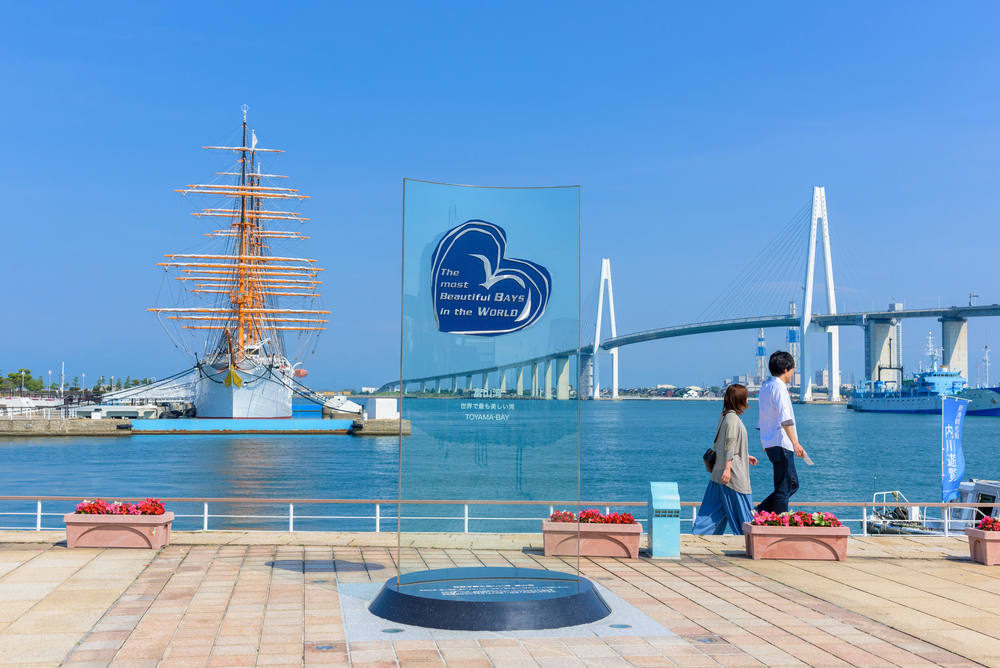
This bay becomes home to countless firefly squid each spring, creating a natural phenomenon unlike any other bioluminescent display in the world. Unlike microscopic plankton, these tiny squid create points of light that look like a mirror image of the stars above, earning the bay its nickname ‘The Sea of Stars.’
Local fishing boats offer tours during the peak season when millions of squid gather in the shallow waters to spawn. The tradition of viewing this natural wonder dates back centuries, with ancient Japanese texts describing the mysterious blue lights that appeared in the bay each spring.
Local restaurants even serve the squid as a delicacy, though most visitors prefer to admire their living light show.
Mudhdhoo Island (Vaadhoo), Maldives
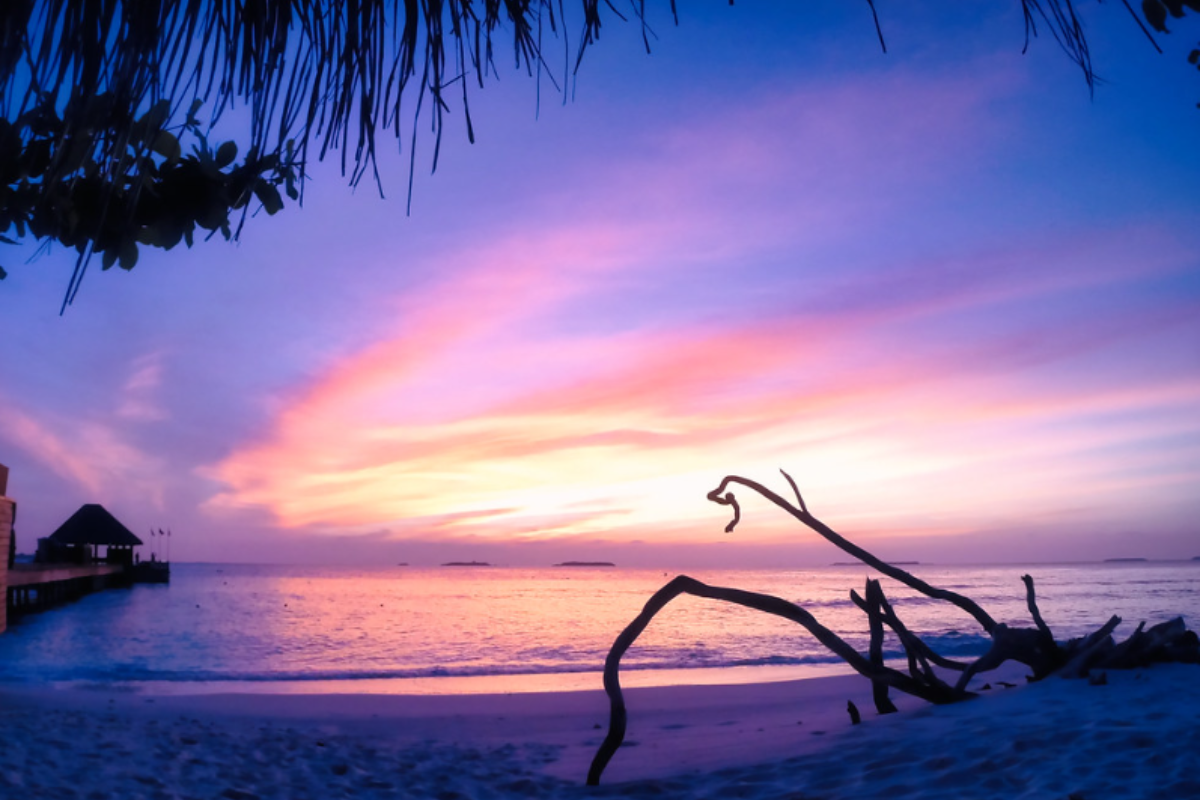
The shores of this tiny island in the Maldives create what locals call the ‘Sea of Stars,’ where waves of blue light crash against pristine white sand. The phenomenon is so reliable here that luxury resorts have built special viewing decks and organized nighttime beach walks to experience the ethereal glow.
Marine biologists have found that the warm, nutrient-rich waters around the island create perfect conditions for bioluminescent plankton to thrive year-round. The contrast between the dark sky, white sand, and glowing blue waves creates a three-toned natural light show that photographers struggle to capture but never quite can.
The island’s remote location and strict environmental protection have helped preserve this magical display for future generations.
Luminous Lagoon, Jamaica
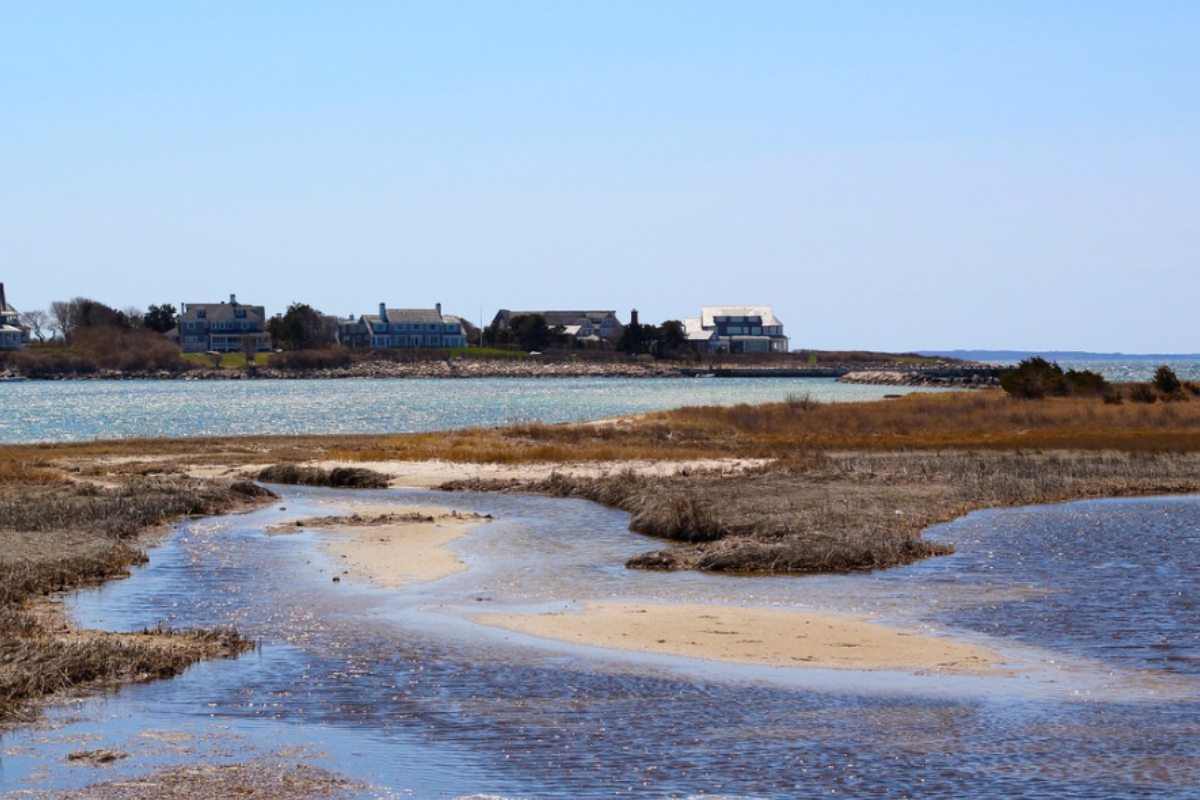
This natural wonder near Falmouth shimmers with an electric blue glow that seems almost too vibrant to be real. The unique combination of salt and fresh water in this lagoon creates perfect conditions for microorganisms that produce some of the brightest bioluminescence recorded anywhere in the world.
Local tour operators have perfected the art of timing their boats to catch the perfect moment when the sun sets, and the water begins to glow, creating trails of light in their wake. Scientists studying the lagoon have discovered that the organisms here are unique to this location, making it one of only four bioluminescent bays in the world where the water glows year-round.
The phenomenon has become so famous that the lagoon now hosts special night swimming sessions where visitors can create their constellation of lights in the water.
Like Travel Pug’s content? Follow us on MSN.
Mission Bay, San Diego, USA
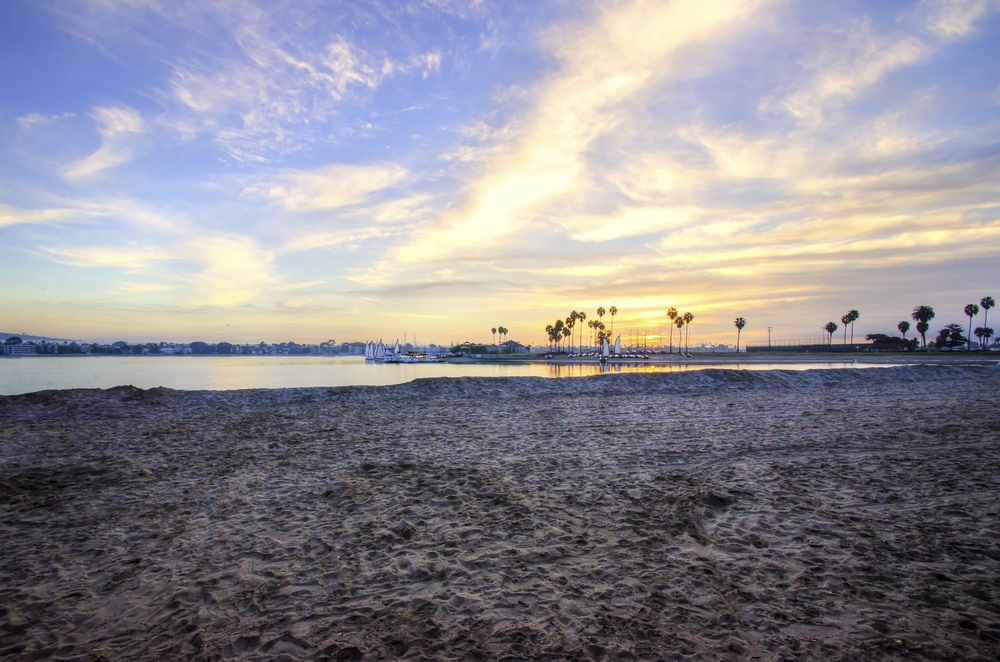
During certain summer nights, San Diego’s largest aquatic park transforms into a bioluminescent wonderland that surprises even longtime residents. The red tide phenomenon that causes the glow typically occurs between late spring and early fall, when specific algae bloom in massive numbers along the coast.
While daylight reveals a rusty red color in the water, nighttime brings out an ethereal blue glow that traces every wave and movement. Local kayak guides have learned to predict these blooms by monitoring water conditions and moon phases, offering specialized night tours during peak periods.
The contrast between the city lights and the glowing water creates a unique urban-meets-nature light show.
Great Barrier Island, New Zealand
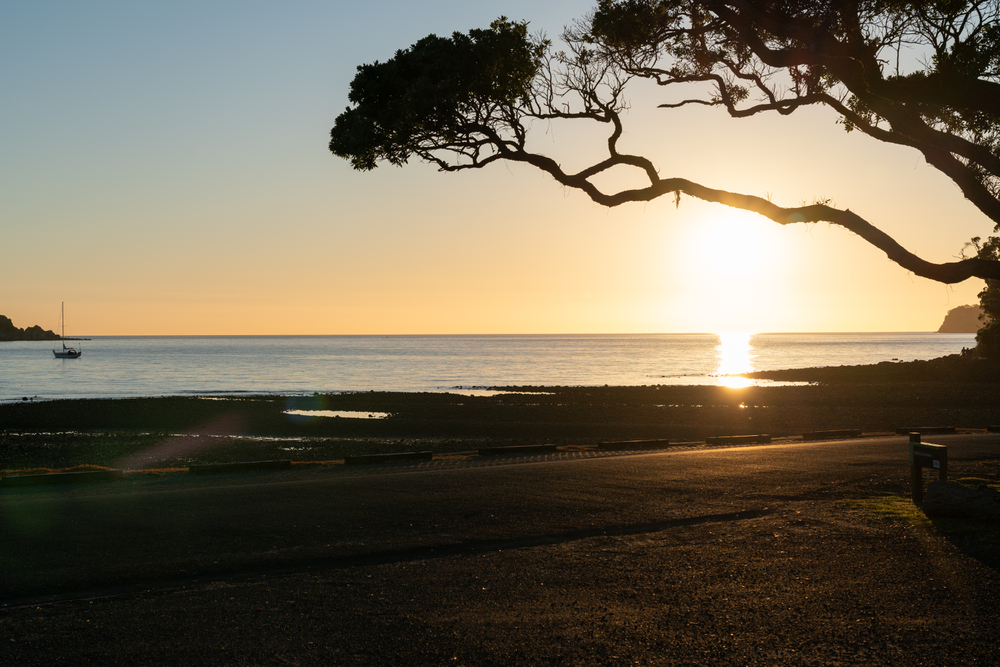
Off the coast of Auckland, this dark sky sanctuary becomes even more magical when the ocean joins the stellar display with its own light show. The island’s strict light pollution controls make it one of the few places where you can simultaneously witness bioluminescence in the water and clear views of the Milky Way above.
Marine biologists have identified multiple species of light-producing organisms in these waters, creating different patterns of illumination throughout the year. The local Māori people have traditional stories about the glowing water, considering it a sacred phenomenon connected to their ancestral spirits.
The remote location and protected status of the island have helped maintain the purity of both the night sky and the bioluminescent display.
Bioluminescent Bay, Fajardo, Puerto Rico
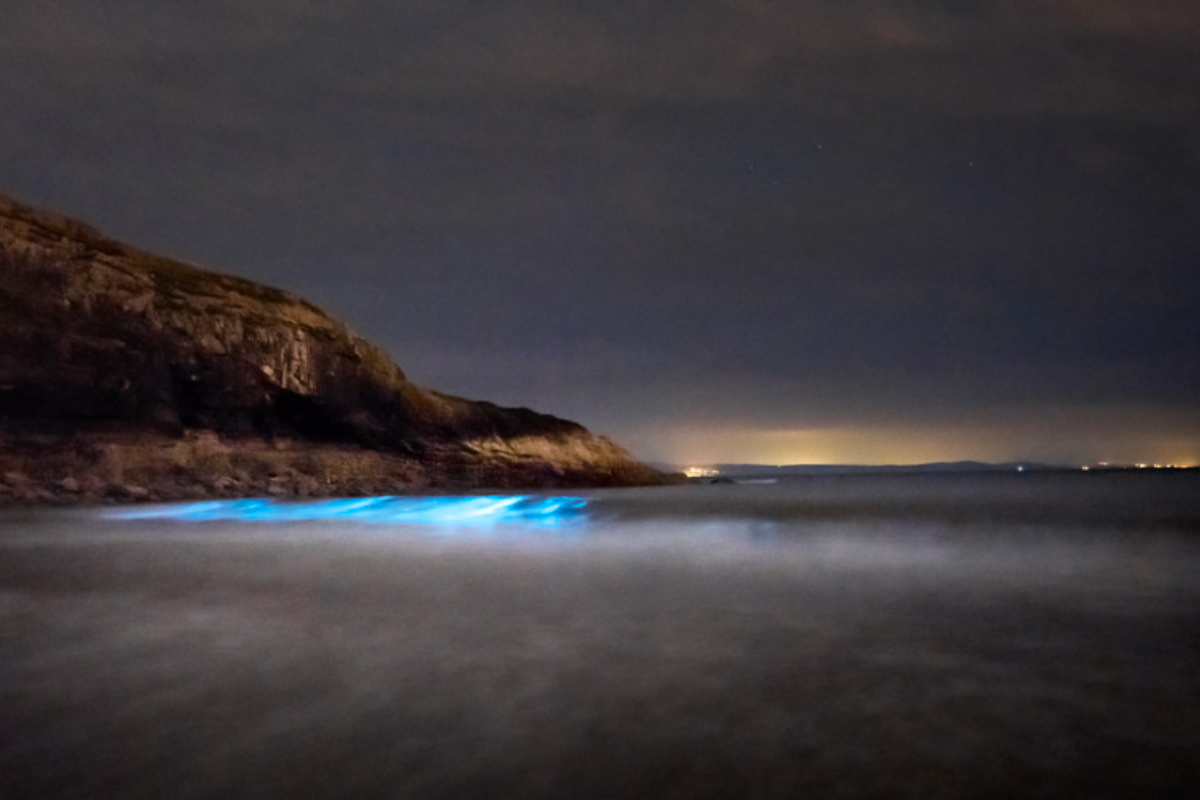
Just east of San Juan lies the second of Puerto Rico’s famous bio bays, where mangrove channels open into a sheltered lagoon filled with living light. Unlike its more famous cousin in Vieques, this bay allows visitors to experience the phenomenon from glass-bottom kayaks, creating a unique perspective on the underwater light show.
Local conservation efforts have focused on protecting the mangrove ecosystem that provides essential nutrients for the bioluminescent organisms to thrive. The bay’s location near the main island makes it more accessible than Mosquito Bay, though strict regulations limit the number of nightly visitors to preserve the delicate balance of the ecosystem.
Scientists monitoring the bay have observed that the brightness of the bioluminescence often peaks during the new moon phase.
Like Travel Pug’s content? Follow us on MSN.
Halong Bay, Vietnam
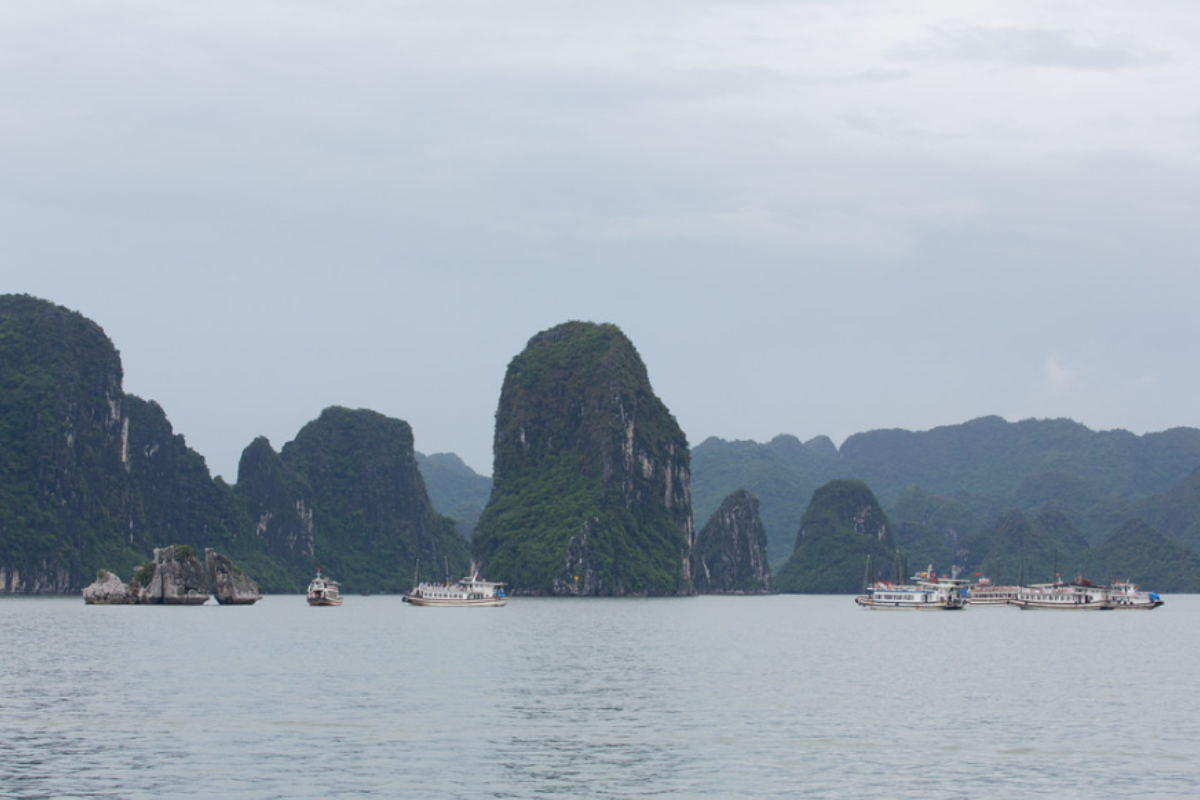
This UNESCO World Heritage site reveals a different kind of beauty after dark, when bioluminescent plankton create rivers of light between its famous limestone karsts. Local fishermen tell stories of nights when the entire bay seems to glow, making it appear as if they’re sailing through a sea of stars.
The phenomenon is most visible during the dry season when water conditions create perfect conditions for the light-producing plankton to bloom in large numbers. Traditional junk boats offer overnight cruises specifically timed to witness this magical combination of ancient rock formations and living light.
The dark silhouettes of the karsts against the glowing water create a landscape that seems to belong in a fantasy world.
Leucadia Beach, California, USA
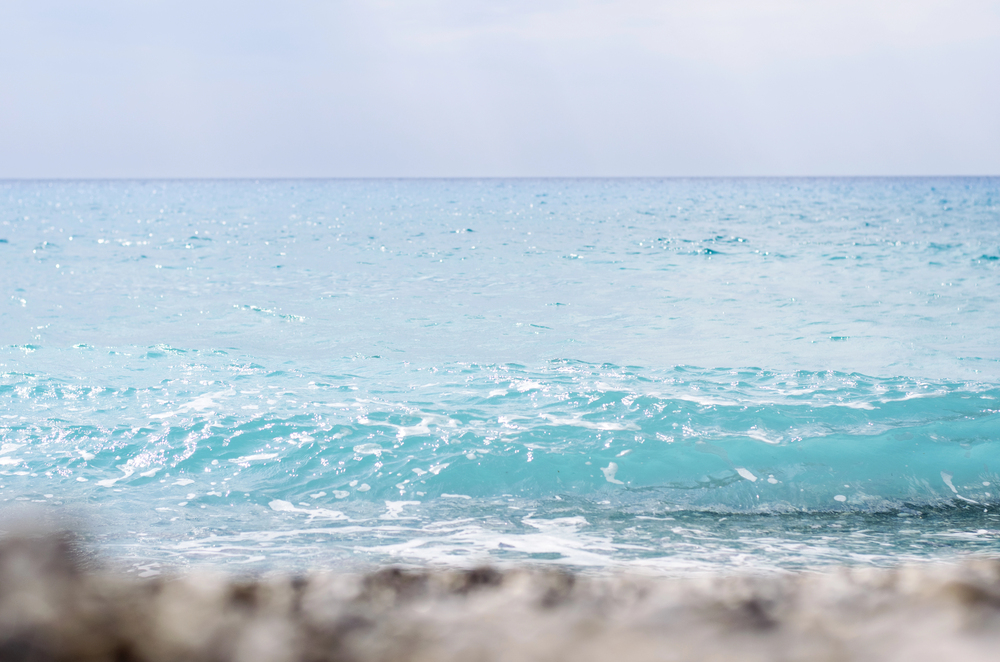
This hidden gem north of San Diego comes alive with bioluminescent displays during red tide events, creating a spectacular light show along the rocky coastline. Surfers here have reported riding waves that glow blue beneath their boards, leading to the phenomenon being nicknamed ‘fire waves’ by locals.
The steep cliffs backing the beach create perfect viewing conditions by blocking artificial light from nearby developments, allowing the natural phenomenon to shine at its brightest. The mixing of deep and shallow waters along this stretch of coast creates ideal conditions for bioluminescent organisms to thrive when temperatures are right.
Photography workshops specifically focused on capturing this phenomenon have become increasingly popular among local camera clubs.
Tindari Beach, Sicily, Italy
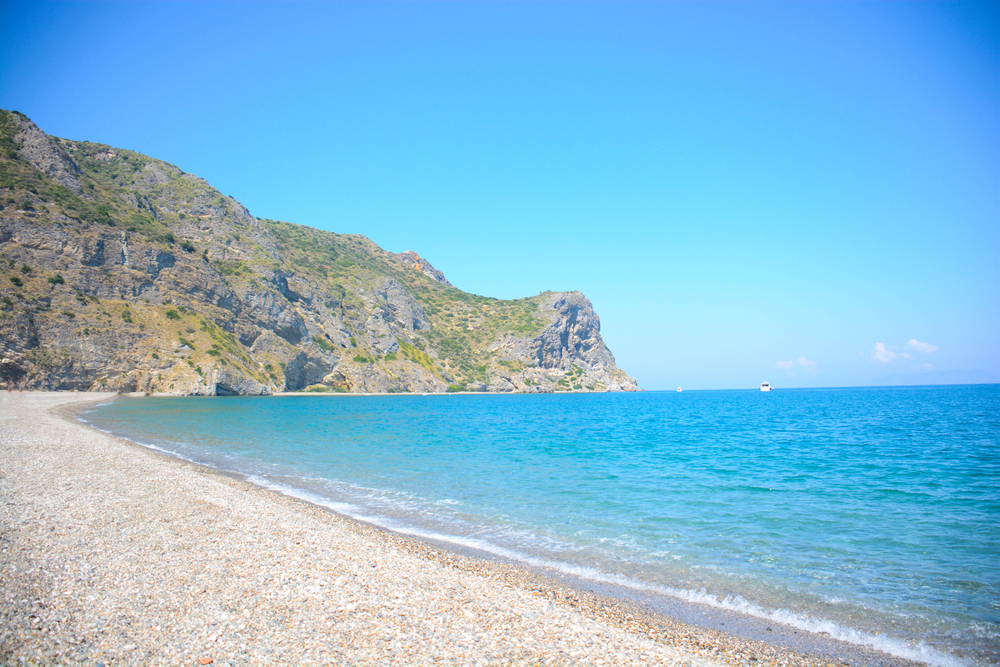
This Mediterranean paradise holds a secret that only reveals itself on warm summer nights when conditions are perfect. Local fishermen have passed down stories through generations about nights when their nets would come up glowing with mysterious blue light.
The phenomenon occurs most frequently between July and September when warm water temperatures and specific nutrient conditions create perfect conditions for bioluminescent dinoflagellates to bloom. Marine biologists studying the area have discovered that the unique shape of the bay helps trap and concentrate these organisms, making the displays particularly intense.
The ancient Greeks who built the sanctuary overlooking this beach believed the glowing water was a sign from their gods.
Like Travel Pug’s content? Follow us on MSN.
Torrey Pines Beach, California, USA
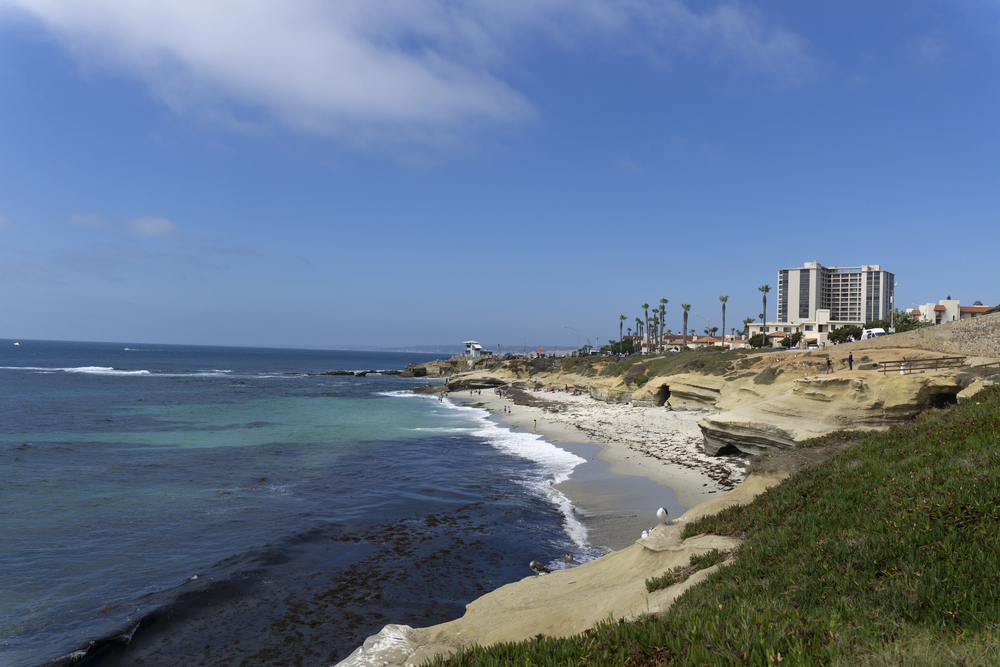
This stretch of pristine coastline near San Diego becomes a canvas for nature’s light show during red tide events. The high cliffs that make this beach famous during the day provide the perfect dark backdrop for witnessing the bioluminescent display at night.
Local photographers have learned to watch for the rusty-colored water during the day as a sign that the evening might bring a spectacular light show. The wave patterns here create unique displays as they crash against the rocky outcroppings, sending sprays of glowing water into the air.
Scientists studying the phenomenon have found that the specific strain of algae here produces some of the brightest bioluminescence recorded on the California coast.
Kakaban Lake, Indonesia
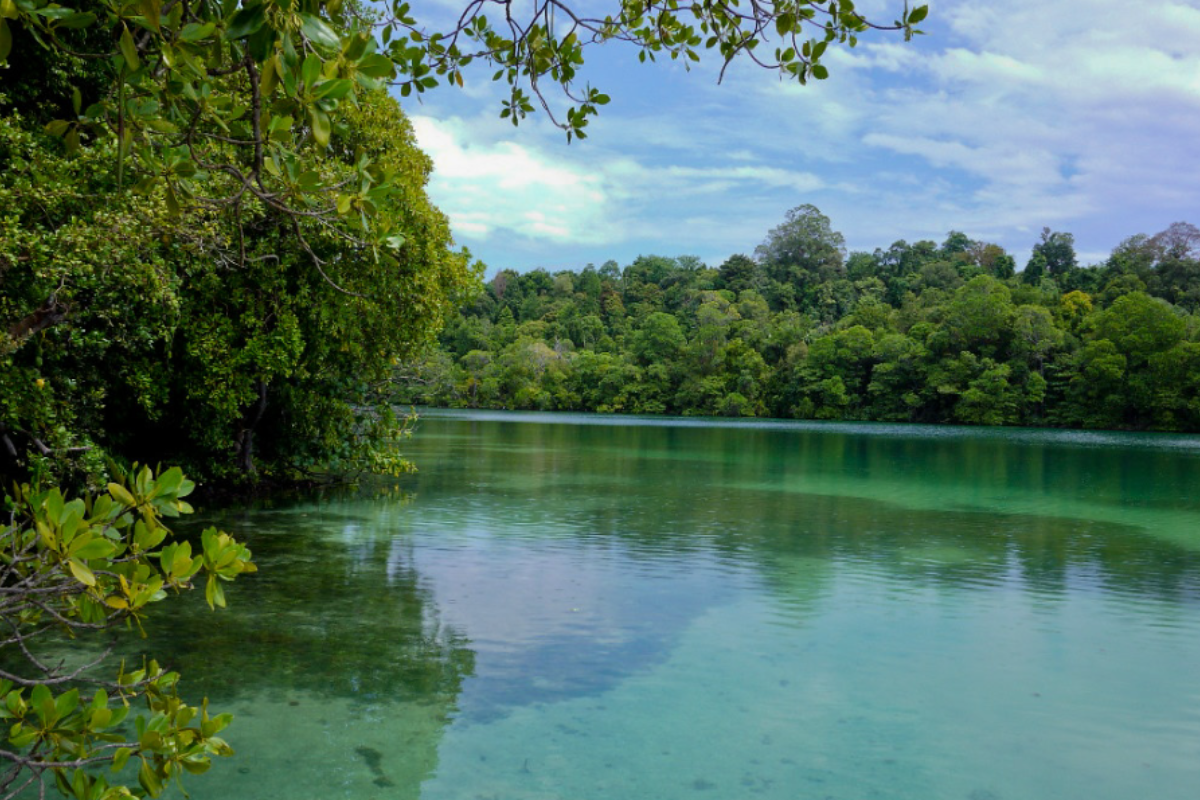
Though technically not a beach, this unique marine lake deserves mention for its year-round bioluminescent display. Cut off from the ocean thousands of years ago; the lake has developed its own ecosystem where multiple species of bioluminescent organisms create continuous light shows.
The isolation of the lake has allowed these organisms to evolve differently from their ocean cousins, creating unique patterns of illumination. Local guides have discovered that different times of night produce varying intensities of glow, with the hours just after sunset typically providing the most spectacular display.
The surrounding mangrove forest creates a natural barrier that keeps artificial light from interfering with the phenomenon.
Blue Grotto, Malta
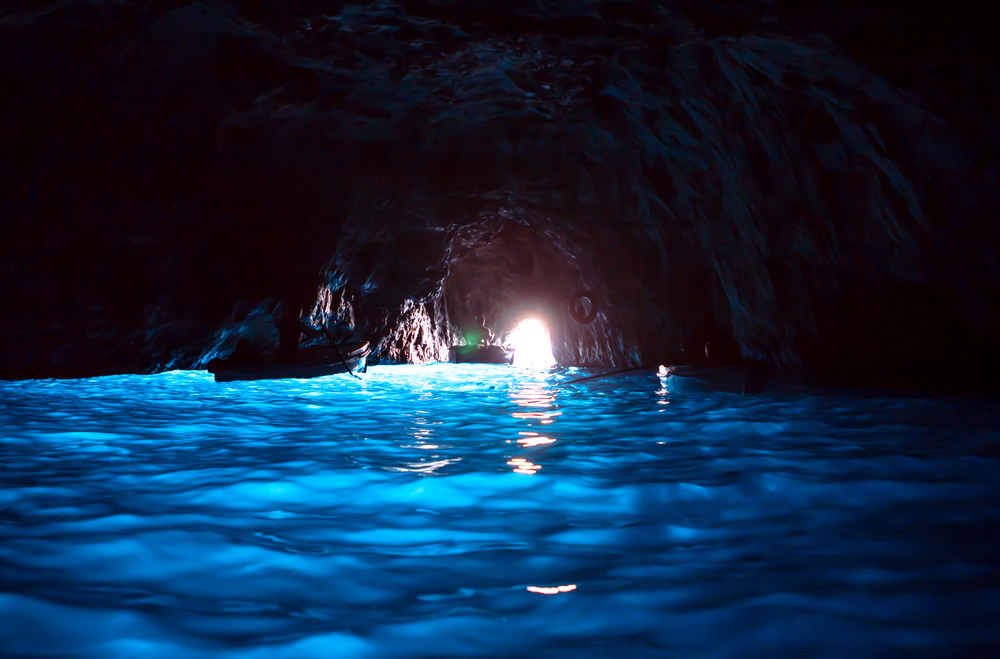
This natural sea cave transforms into a bioluminescent wonder during specific times of the year, creating a double light show with its famous blue reflections. Traditional Maltese boats called luzzus take visitors into the cave, where the bioluminescent organisms create streaks of light in the already ethereally blue water.
Local marine researchers have identified multiple species of light-producing organisms that call these caves home, creating different patterns throughout the year. The combination of the cave’s natural blue reflection and the bioluminescence creates a unique two-toned blue effect that can’t be found anywhere else in the world.
The phenomenon has become so famous that special night tours are organized during peak seasons.
Like Travel Pug’s content? Follow us on MSN.
Navarre Beach, Florida, USA
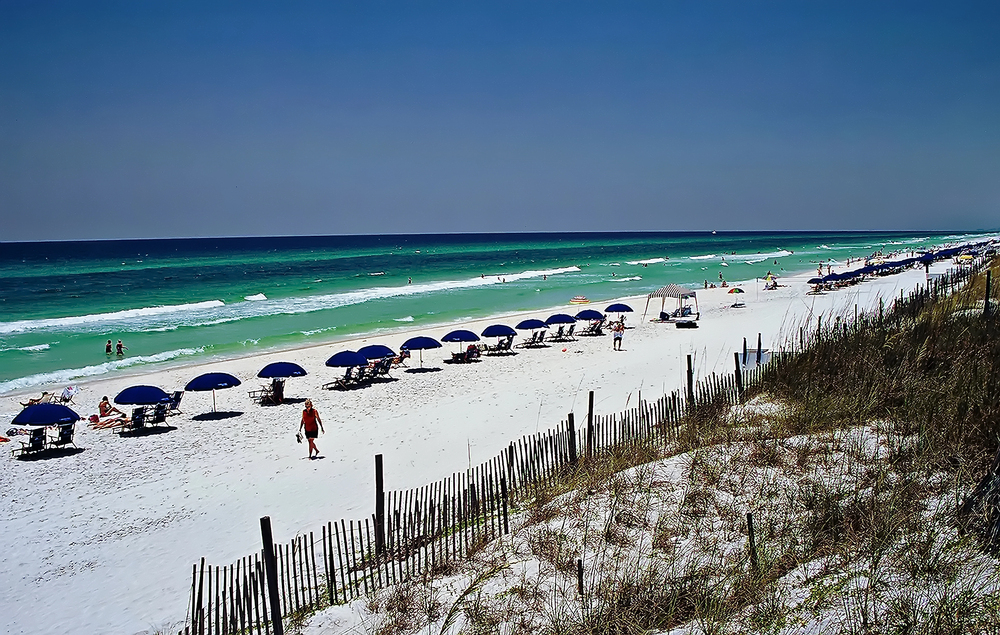
This quiet stretch of Florida’s Gulf Coast surprises visitors with spectacular bioluminescent displays during warm summer months. The pristine white sand provides a perfect backdrop for the blue glow, creating a striking contrast that makes the phenomenon appear even more intense.
Local conservation groups have worked to maintain dark sky conditions along this beach, making it one of the best spots on the Gulf Coast to witness the natural light show. Marine scientists studying the area have found that the specific combination of warm water and nutrient patterns creates ideal conditions for bioluminescent organisms to thrive.
The remote location and limited development along this stretch of coast have helped preserve the natural conditions these light-producing organisms need.
Sam Mun Tsai Beach, Hong Kong
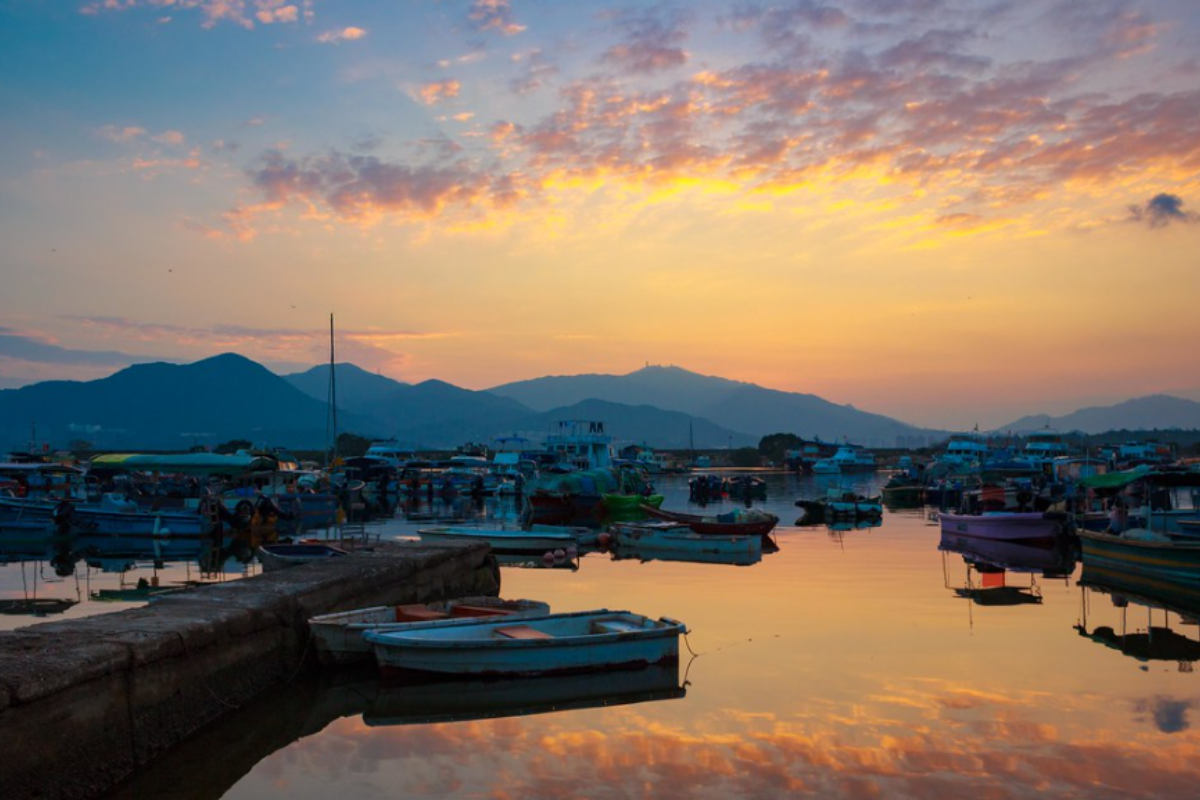
Hidden away from Hong Kong’s bright lights, this secluded beach offers spectacular bioluminescent displays during the warmest months of the year. Local fishermen have traditionally used the appearance of ‘blue tears’ in the water as an indicator of good fishing conditions.
The phenomenon typically peaks between June and September, when water temperatures and nutrient levels create perfect conditions for bioluminescent plankton to bloom. The surrounding hills protect the bay from city lights, creating ideal viewing conditions for this natural spectacle.
Marine biologists have identified this location as one of the few places in Asia where bioluminescence can be reliably observed near a major urban center.
Acadia National Park Beaches, Maine, USA
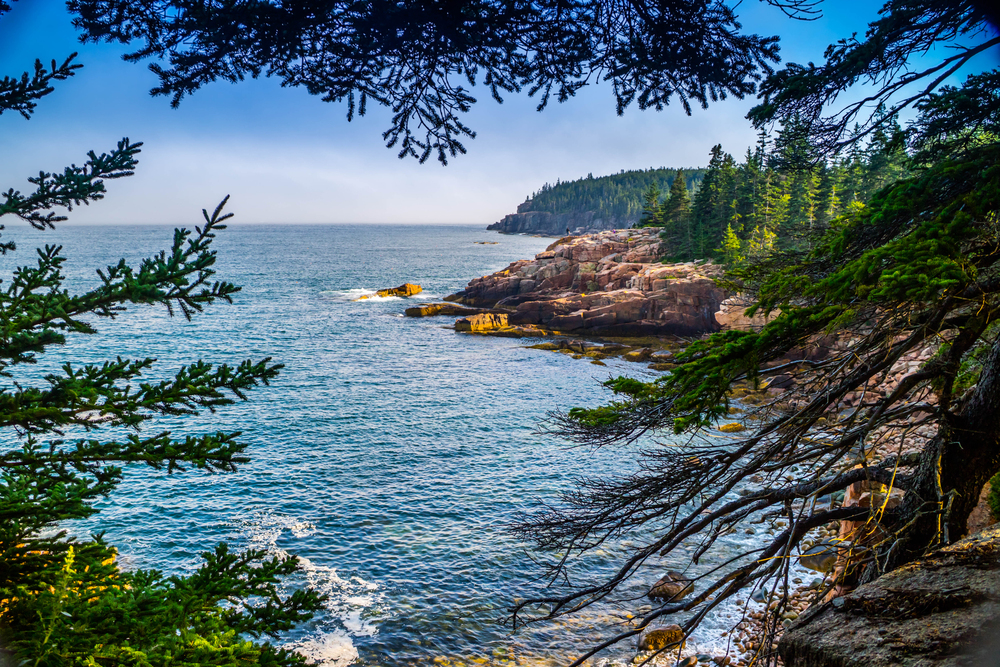
Along the rugged coast of Maine, several beaches within Acadia National Park come alive with bioluminescent displays during late summer nights. The cold, nutrient-rich waters of the North Atlantic create perfect conditions for a unique species of light-producing plankton that thrives in lower temperatures.
Park rangers organize special night walks during peak bioluminescent periods, teaching visitors about the delicate balance that makes this phenomenon possible. The contrast between the dark granite cliffs and glowing water creates a particularly dramatic scene that has become increasingly popular with night photographers.
Local researchers have noted that the cleaner waters resulting from strict environmental protection have led to more frequent and intense displays in recent years.
Like Travel Pug’s content? Follow us on MSN.
Isla Holbox, Mexico
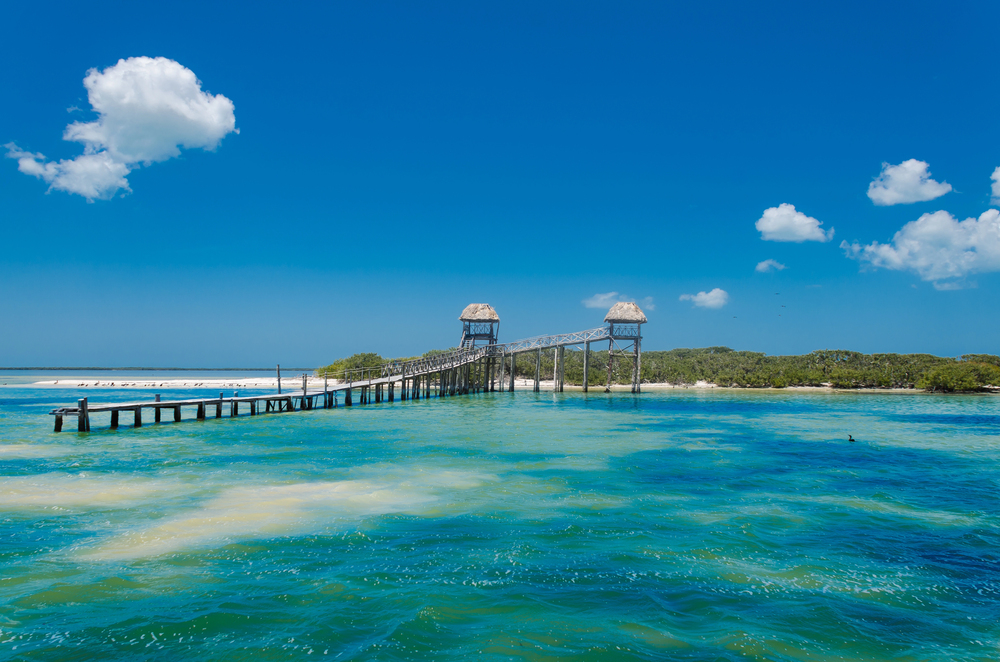
This car-free island off Mexico’s Yucatan Peninsula offers visitors a chance to witness bioluminescence while floating in warm Caribbean waters. The shallow lagoons around the island create perfect conditions for light-producing plankton to concentrate in large numbers, especially during the darker phases of the moon.
Local guides have mastered the art of finding the best spots each night, as the glowing organisms tend to move around the island following water currents and wind patterns. The island’s strict environmental regulations and limited development have helped preserve the natural conditions these organisms need to thrive.
The combination of warm water and consistent plankton blooms makes this one of the few places where swimming in bioluminescent water is both safe and reliable.
Dongying Beach, China
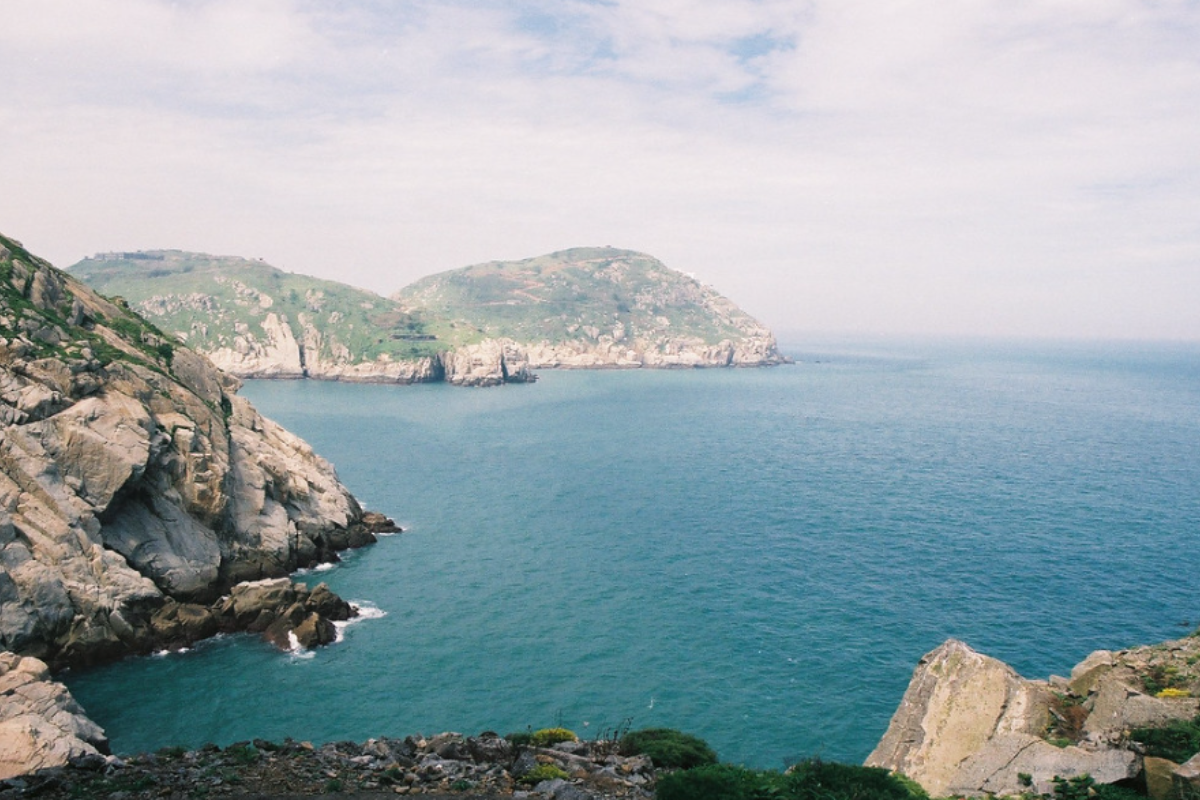
Along China’s eastern coast, this lesser-known beach has recently gained fame for its spectacular ‘blue tears’ phenomenon. Marine biologists have discovered that the unique mixture of fresh and saltwater in this area creates ideal conditions for bioluminescent organisms to flourish.
Local photographers have learned that the best displays occur during the new moon between May and October, when darkness allows the natural light show to reach its full potential. The government has established special viewing areas and guidelines to protect both the phenomenon and the visitors who come to witness it.
Recent conservation efforts have focused on maintaining water quality to ensure these magical displays continue for future generations.
Okuma Beach, Okinawa, Japan
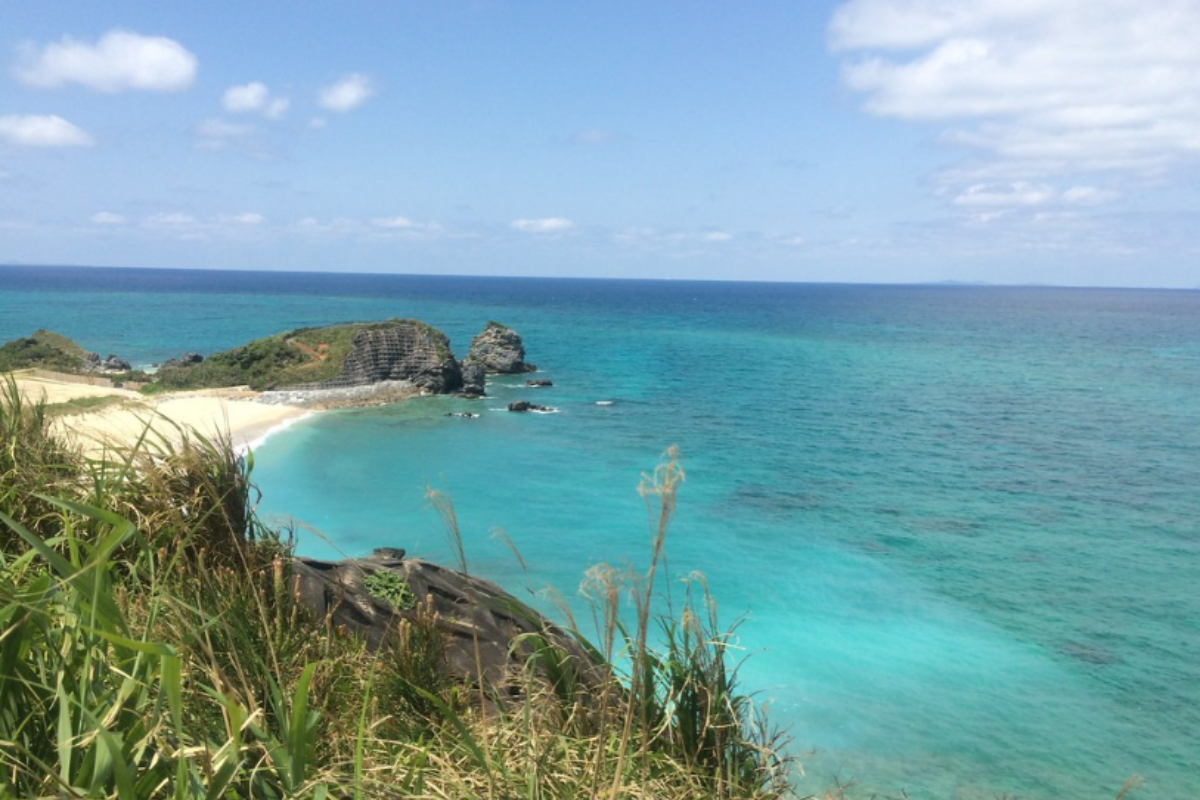
This tropical paradise reveals its most magical side when bioluminescent organisms paint the waves with blue light during summer nights. Local folklore speaks of ‘star water,’ believing the ocean borrowed light from the stars above.
The phenomenon is most visible between June and September when warm water temperatures and seasonal plankton blooms create perfect conditions for bioluminescence. The beach’s location on a military base has inadvertently helped preserve the natural conditions these organisms need, as development has been limited along this stretch of coast.
Marine scientists studying the area have found that the specific species of dinoflagellates here create a uniquely bright and long-lasting display.
Like Travel Pug’s content? Follow us on MSN.
A Living Light Show That Never Stops
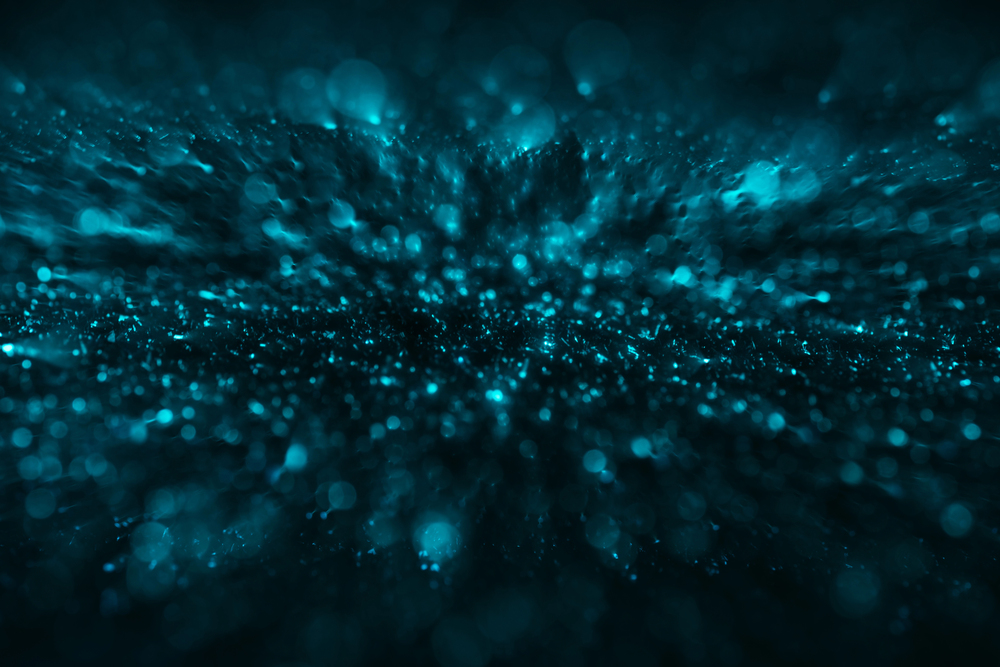
These glowing beaches remind us that the most magical light shows don’t require electricity or special effects – just the perfect combination of nature’s own chemistry. As we work to protect these delicate ecosystems, we ensure that future generations can witness these living light displays that transform ordinary beaches into extraordinary wonderlands.
While scientists understand the mechanics behind bioluminescence, standing on a shore watching waves of blue light crash at your feet still feels like witnessing pure magic. These natural phenomena remind us that our planet’s most spectacular displays often happen when and where we least expect them, rewarding those willing to venture out after dark to witness nature’s own light show.
More from Travel Pug

- 15 Dangerous European Cities to Avoid
- 15 Caribbean Islands Where Tourists Keep Getting Scammed
- The 20 Most Fascinating Abandoned Places: A Journey Through Time and Forgotten Spaces
- 15 Hidden Places in the Smithsonian Museums Locals Love: A Guide to Lesser-Known Treasures
- 16 Hidden Florida Beach Towns That Aren’t Overrun with Tourists
Like Travel Pug’s content? Follow us on MSN.
